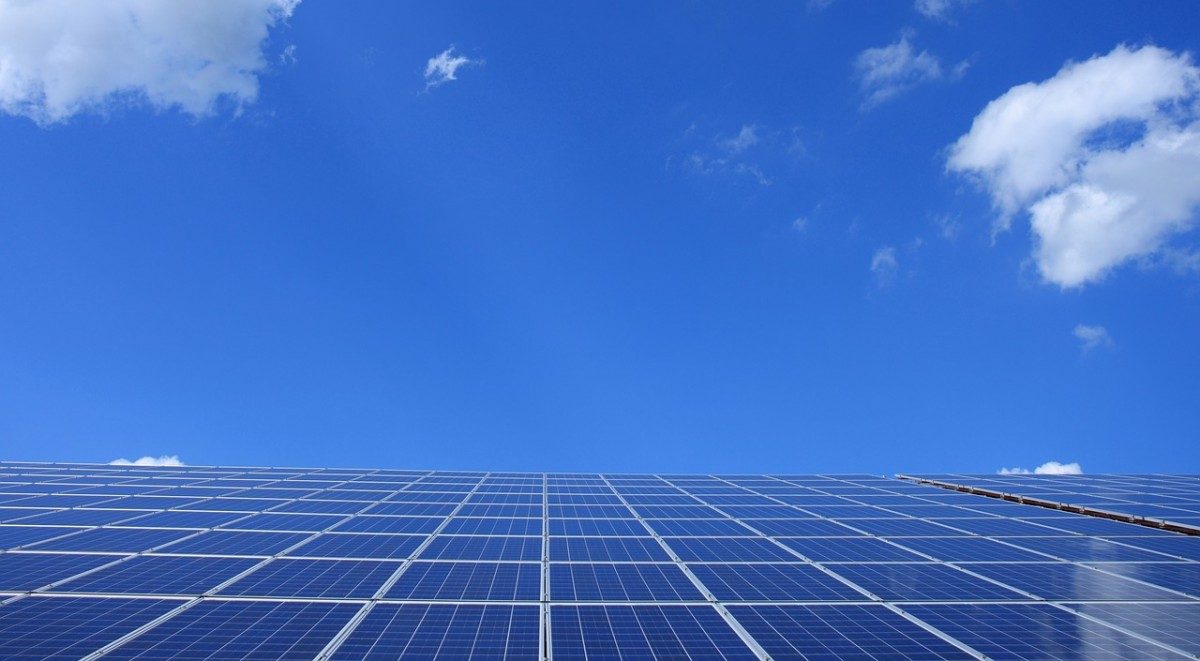
Op-ed: Manitoba’s investment in solar power is paying dividends
The following is an op-ed written by Nazim Cicek, professor and associate head of the department of biosystems engineering in the Faculty of Agricultural and Food Sciences. It was originally published in the Winnipeg Free Press on Dec. 13, 2017.
Whenever I travel outside the province and mention I live in Manitoba, I get asked about the cold weather. My standard response is that one gets used to it, that the kids get to play hockey outdoors, and besides, it’s always sunny.
As a matter of fact, Winnipeg ranks among the sunniest cities in Canada, with around 2,350 hours of sun each year. Overall, southern Manitoba has some of the best solar resources in the country, alongside southern Alberta and Saskatchewan. Until very recently, however, solar-energy applications were almost non-existent here, largely due to low hydroelectricity prices, lack of meaningful incentives and high cost of solar technology. Things are quickly changing.
Solar energy has experienced explosive growth worldwide, with cumulative capacity exceeding 400 gigawatts (1 GW equals one billion watts) last year. The term “exponential growth” is at times overused, but in this case, it is appropriate. The installed cumulative capacity of solar energy has nearly doubled every two years over the last 20 years.
In 2016, the leading country for annual solar-electricity installations was China (35GW), followed by the U.S. (15GW), Japan (9GW) and India (4GW). One would not necessarily pick out these countries as stalwarts of environmental leadership, so it’s no surprise that the main driver for this growth has been economic.
Sunny ways
The installed cost of solar power is dropping at an astonishing rate, surprising even the people that work in this area. A September 2017 report released by the U.S. Department of Energy (DOE) makes this point. The cost of utility-scale solar systems (large solar farms) dropped 30 per cent last year alone, now reaching cost-competitive levels to other means of electricity generation. Going further back, installed costs for utility-scale solar has fallen at an average of 20 per cent annually, from around $5 USD/Watt DC in 2010 to just above $1 USD/Watt DC (inflation adjusted) in 2017.
Can you think of any product dropping in price by 20 per cent year over year? It would be like gasoline prices going from $1 per litre to 20 cents per litre, or the price of a new car falling from $30,000 to $6,300 in the span of seven years.
The same DOE report puts the unsubsidized, levelized cost of electricity of residential solar systems (rooftop) at 12.9 to 16.7 cents/kWh, commercial solar systems (farms, businesses) at 9.0 to 12.0 cents/kWh and utility-scale solar systems (above 2 MW) at 4.4 to 6.6 cents/kWh. Changes are driven by lower costs of solar panels and inverters, better system design, higher system efficiency and market competitiveness.
According to an October 2017 report by the International Energy Agency, solar led all electricity-generating technologies in newly built annual capacity worldwide in 2016, surpassing the net growth in coal power. There is still substantial room to improve the economics of solar electricity, particularly in the area of non-hardware or “soft” costs (permits, installation, inspection, financing, etc.), which can make up more than half the overall lifetime costs of the system.
Job growth in the solar sector has also been robust, exceeding 20 per cent annually over the last four years in the U.S. The DOE reports that in 2016, the number of people in the U.S. directly employed by the solar industry (373,000) was comparable those in the natural gas sector (398,000) and more than double those in the coal sector (160,000). At this rate, solar jobs will surpass petroleum jobs by the end of 2018.
The solar energy incentive ($1/Watt DC installed for systems up to 200kW) introduced by Manitoba Hydro in April 2016 has come at the right time. When launched, this program was intended to cover up to 25 per cent of the installation cost. But with solar installation prices dropping, it can now cover more than a third of the cost, particularly for commercial applications that approach the program limit of 200kW.
Farming sunshine
The response has been stunning (reportedly more than 500 applications to Manitoba Hydro in the first 18 months), with substantial interest coming from farmers.
Having worked with agricultural producers in the past, I know they recognize value, are not afraid to take matters into their own hands and act swiftly. Innovation comes naturally, and making a living off the land through generations instils a core sense of stewardship and responsibility.
It should come as no surprise that many of the largest solar-energy installations in Manitoba are on farms, where land is available for on-ground installations, electricity bills are large and cost certainty is valued. Depending on future electricity prices, return on these investments is in the range of 10 years for systems that carry 25-year warranties.
Let us bask in continued incentives
The Manitoba Hydro incentive is due to expire in May 2018. Its renewal is essential for the momentum to continue. Also, streamlining the processes of permitting, inspection and financing will be important for continued sector growth. For those who are worried about the Manitoba Hydro bottom line, any avoidance of future northern Hydro generation and transmission projects through more renewables at the point of usage should be good news.
Electrification of transport and space heating in the future, along with providing baseline power for nearby states and provinces looking to back up their own wind and solar developments, should provide demand for Manitoba Hydro power. Diversification through solar and wind will also serve as insurance against variations in water levels and market uncertainties.
When asked about Manitoba in future travels, I would love to add that it is the most sustainable place on Earth, despite the weather. With a unique endowment of water, wind, biomass and sunshine, the only limit is our imagination.






